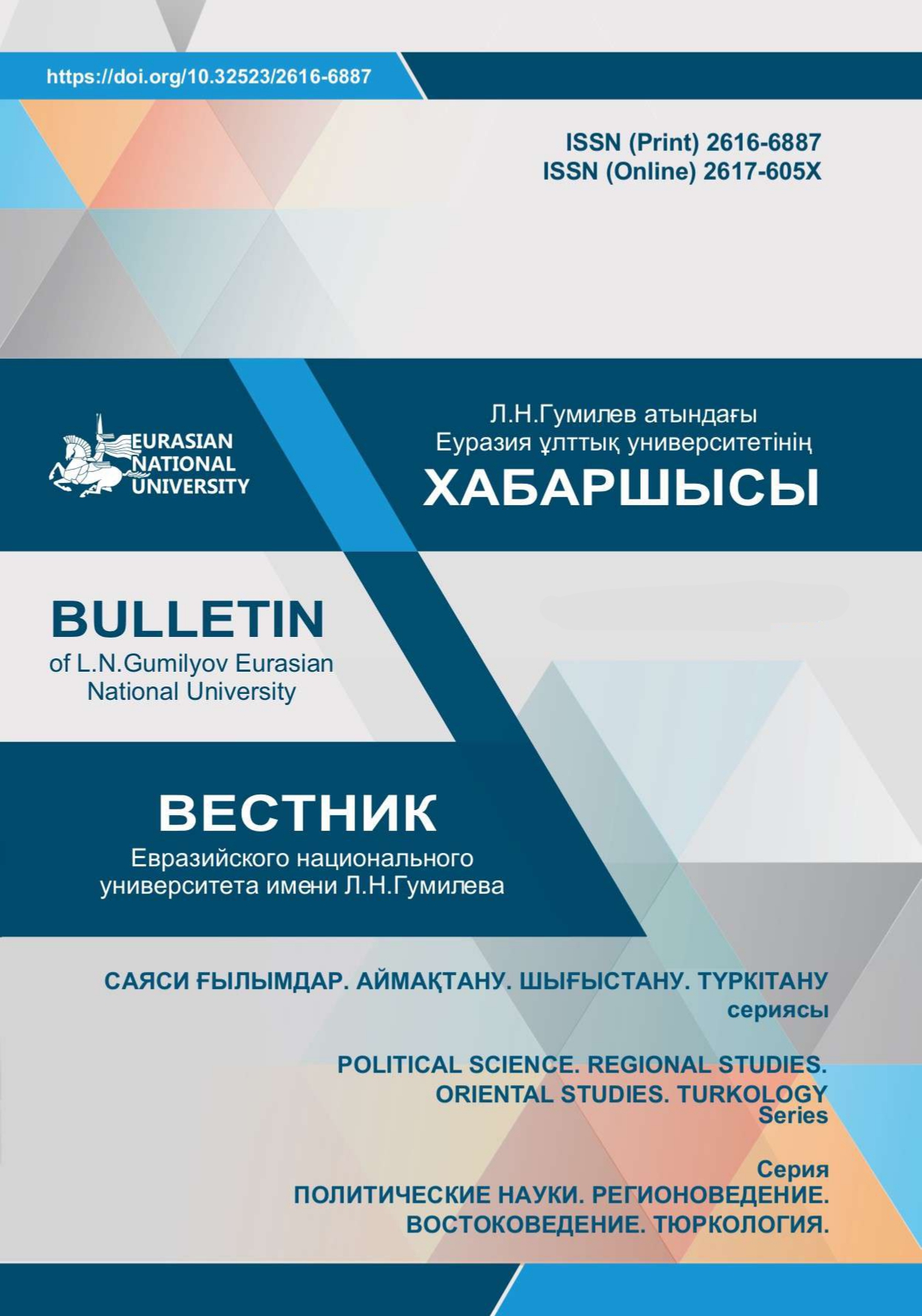Serial postpositions in the Udmurt language and function words in the Kazakh language (comparative analysis)
Views: 129 / PDF downloads: 82
Keywords:
postpositions, functional words, agglutinative languages, Finno-Ugric languages, Turkic languages, typological similarity.Abstract
Postpositions in many languages have evolved from significant words through
grammaticalization. In the Udmurt language, as in many other Finno-Ugric languages of
Russia, they are divided, separated into two groups: serial and non-serial postpositions. In the
Kazakh language, function words are divided into two groups: function words and postpositions.
The subject of our study was serial postpositions of the Udmurt language and function words of
the Kazakh language, since in the essence of these categories of words there are similar features.
The conclusion suggests itself - these two categories of words, although they are denoted by
different terms, clearly show a striking typological similarity. In both languages, these categories
of words occupy a middle position between nominals (mostly nouns) and postpositions. Nouns
have their own independent lexical meaning, have the ability to decline, take possessive suffixes,
and the postpositions have lost their original (lexical) meaning, so they perform only grammatical
functions, just like case affixes, only, unlike the latter, they are a separate word and do not adjoin
nominal basis. This circumstance can be explained from the point of view of the morphological
(typological) classification of languages - both languages belong to agglutinative languages.
Downloads
Published
How to Cite
Issue
Section
License

This work is licensed under a Creative Commons Attribution-NonCommercial-NoDerivatives 4.0 International License.







